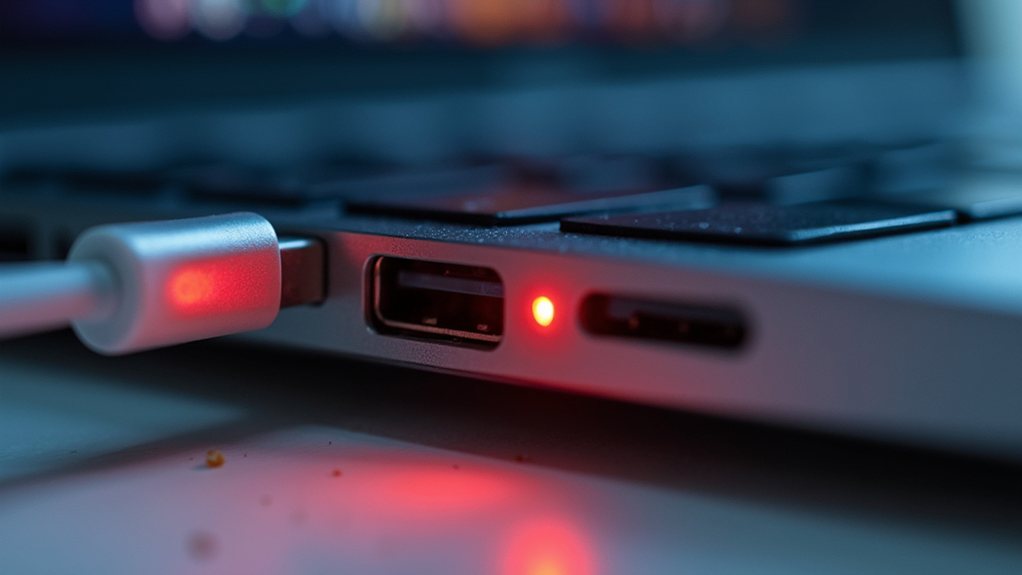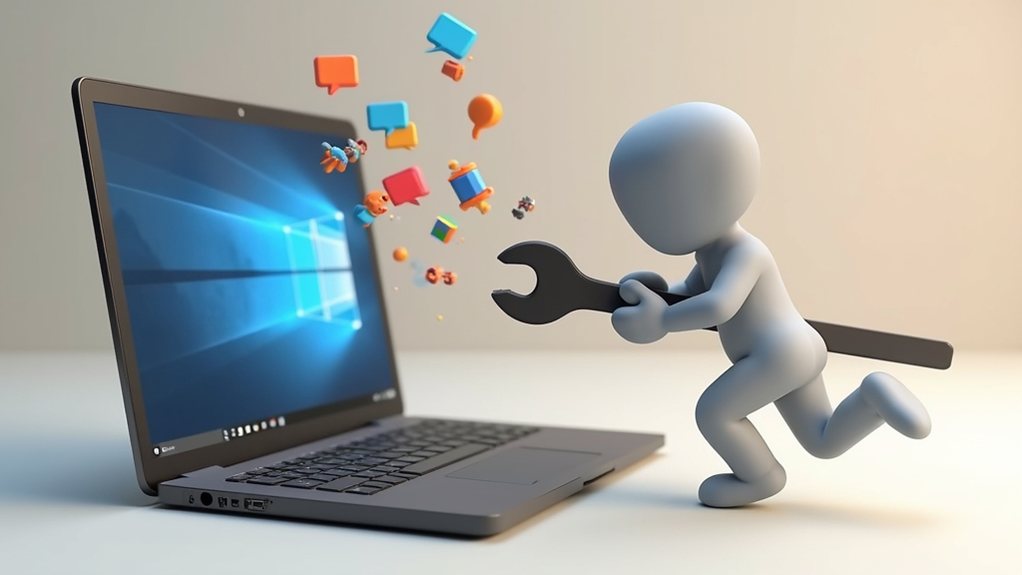Why Microsoft Is Pressuring OEMs to Fix USB Type-C Notifications in Windows 11

Microsoft is pushing OEM manufacturers to address widespread USB Type-C notification problems in Windows 11, where incorrect port configurations disable vital alerts. These missing notifications leave users vulnerable to damaged cables, slow charging, and potential hardware failures. In spite of Microsoft providing thorough tools through its Windows Hardware Compatibility Program, many manufacturers continue to misconfigure ACPI settings and mislabel ports. Proper implementation of these alerts remains fundamental for protecting devices and user experience – a challenge that’s reshaping the Windows ecosystem.

Windows 11’s USB Type-C notification system represents Microsoft’s latest effort to tackle persistent connectivity challenges, offering users real-time alerts for charging issues and peripheral problems. This proactive approach aims to prevent hardware damage and reduce user frustration, but there’s a catch – many OEM devices aren’t properly configured to support these vital notifications.
Microsoft has grown increasingly vocal about manufacturers’ USB-C implementation shortcomings, which often stem from incorrect port labelling and faulty ACPI configurations. When OEMs mislabel USB-C ports as USB-A or mark them as internal instead of external, they effectively disable Windows 11‘s ability to warn users about potential issues. It’s like having a sophisticated home security system with all the sensors turned off. Implementing network segmentation tools can help isolate and protect USB-connected devices from potential security risks. Professional virus removal services can detect and eliminate malware that may exploit USB vulnerabilities.
Misconfigurations by manufacturers cripple Windows 11’s USB-C alerts, leaving users vulnerable to potential device damage and charging problems.
The stakes are higher than mere inconvenience. Without proper notifications, users might unknowingly continue using damaged cables or endure slow charging speeds that could deteriorate their device’s battery life. Faulty connections from damaged ports or cables can go undetected without these critical alerts. Think of it as driving a car with a disabled check engine light – you won’t know there’s a problem until it’s too late.
To address these concerns, Microsoft has armed manufacturers with extensive tools through the Windows Hardware Compatibility Program. The company’s message is clear: proper USB-C notification support isn’t optional – it’s fundamental for modern device reliability. OEMs must implement correct _UPC and _PLD ACPI methods, guaranteeing their hardware speaks the same language as Windows 11’s notification system.
The impact of these notification failures ripples through the user experience. Some manufacturers have implemented user security toggles to allow disabling data transfer over USB-C ports in untrusted environments. When a laptop fails to warn about a slow-charging cable or an incompatible accessory, users waste time troubleshooting problems they shouldn’t have to diagnose manually. For business users, these silent failures can translate into lost productivity and increased IT support costs.
Microsoft’s push for standardisation comes at a pivotal time when USB-C is becoming the universal connector for everything from smartphones to laptops. The company has provided detailed guidance through the Windows Hardware Lab Kit, allowing manufacturers to validate their implementations and confirm notifications work as intended.
The path forward requires OEMs to conduct thorough reviews of their ACPI USB port descriptors and test notification behaviour in real-world scenarios. Although some manufacturers have already aligned with Microsoft’s requirements, others lag behind, creating an inconsistent experience across Windows devices.
Until all manufacturers properly implement these features, users of affected devices will continue to miss out on Windows 11’s advanced USB-C troubleshooting capabilities.
For Microsoft, the message to OEMs couldn’t be clearer: fix your USB-C notifications, or risk leaving your users in the dark about potential hardware issues. As USB-C continues its march toward ubiquity, proper implementation of these notifications isn’t just about following guidelines – it’s about protecting users and their investments in modern hardware.
Final Thoughts
Microsoft is advocating for standardized USB-C notifications in Windows 11 to enhance the user experience by ensuring consistent alerts from OEMs. This initiative aims to reduce confusion regarding charging, connectivity, and device compatibility as USB-C becomes more prevalent. By refining these notifications, users will gain a clearer understanding of their devices’ capabilities, ultimately streamlining the Windows ecosystem.
If your organization needs assistance in implementing these USB-C notification improvements or any other tech-related services, Zoo Computer Repairs is here to help. Don’t hesitate to reach out to us for support. Click on our contact us page to get in touch!
